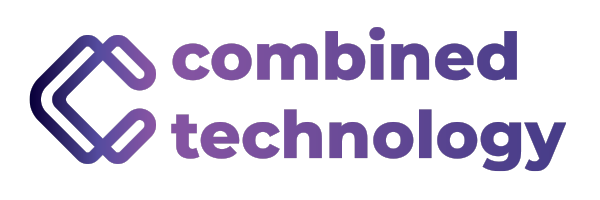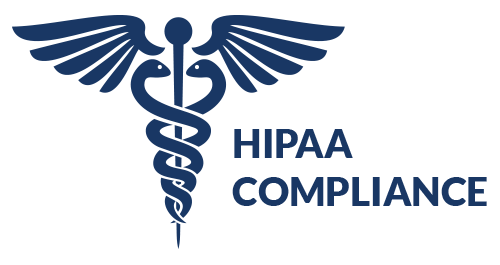As businesses strive to keep pace with technological advancements, maintaining modern IT infrastructure becomes a key factor in achieving long-term success. Failing to upgrade outdated systems can lead to operational inefficiencies and introduce hidden costs that quietly erode an organization’s bottom line.
The Growing Costs of Outdated IT
Downtime and Productivity Loss
Aging IT systems are more susceptible to failures and performance issues, leading to increased downtime. Frequent disruptions can severely impact workflow and reduce overall productivity, making it essential to modernize IT infrastructure before issues escalate.
Security Risks and Data Breaches
Outdated technology often lacks the necessary security features to combat modern cyber threats. Maintaining legacy systems can consume a significant portion of IT budgets, limiting resources available for innovation and modernization.
Rising Maintenance Costs
Older hardware and software require frequent maintenance, and as technology ages, finding replacement parts or compatible updates becomes increasingly difficult. IT teams often spend excessive time troubleshooting and repairing systems rather than focusing on strategic improvements. Over time, the cost of maintaining outdated infrastructure can exceed the cost of upgrading to newer, more efficient solutions.
Uncertain about which IT service model fits your business best?
Our team is here to help you navigate the options and answer all your questions so you can make the best decision for your business. Get in touch for a free assessment today!
Lack of Compatibility and Integration Challenges
Businesses today rely on a mix of applications, cloud services, and digital tools to streamline operations. Outdated IT infrastructure may not be compatible with modern software, preventing seamless integration and limiting the ability to adopt new technologies. This can lead to inefficiencies, redundant processes, and missed opportunities for automation and innovation.
Compliance and Regulatory Risks
Industries such as healthcare, finance, and legal services must adhere to strict data protection regulations. Outdated systems may not meet current compliance requirements, putting businesses at risk of regulatory penalties and legal consequences. Without proper IT governance and security measures, companies may struggle to maintain the necessary standards to protect customer information and business data.
Poor Customer Experience
Customers expect fast, reliable, and secure interactions with businesses. Outdated IT infrastructure can lead to slow website performance, delays in responding to customer inquiries, and unreliable communication systems. A lack of modern technology can frustrate customers and drive them toward competitors who offer more seamless and efficient experiences.
Employee Dissatisfaction and Retention Issues
When employees are forced to work with outdated and inefficient technology, frustration builds. A survey revealed that nearly 80% of employees experience frustration with outdated technology at work, yet only 54% of the C-suite believe their employees are frustrated, indicating a significant disconnect between staff experiences and executive perceptions.
Indicators for IT Infrastructure Upgrade
Recognizing when to upgrade IT infrastructure is essential to maintaining efficiency and security. Here are some key indicators that suggest an upgrade is necessary:
- Slow Task Completion: If routine tasks take longer than usual, it may indicate outdated hardware or software inefficiencies.
- Software Incompatibility: New applications and cloud services may not integrate well with aging systems, causing workflow disruptions.
- Frequent Errors and System Crashes: Repeated system failures, crashes, and error messages can signal that IT infrastructure is struggling to keep up with business demands.
- Increased IT Support Requests: A rise in IT support tickets due to technical issues can indicate that your current infrastructure is failing.
- Security Vulnerabilities: If systems no longer receive security updates or patches, they become a prime target for cyber threats.
- Lack of Remote Accessibility: With remote work becoming more common, businesses need IT infrastructure that supports secure, seamless access from anywhere.
The Costs of Neglecting IT Upgrades
Failing to upgrade IT infrastructure can result in not just increased maintenance costs but also missed opportunities for growth and innovation. Companies that delay IT modernization may struggle to adopt emerging technologies such as AI, automation, and cloud computing, which are critical for staying competitive. Additionally, outdated systems can stifle business expansion, making it harder to scale operations and respond to evolving market demands.
Best Practices for IT Upgrades
Successfully upgrading IT infrastructure requires a strategic approach. Here are some best practices to ensure a smooth transition:
- Conduct Regular IT Audits: Assess existing infrastructure to identify weaknesses and areas requiring updates.
- Embrace Cloud Solutions: Cloud computing enhances scalability, security, and operational efficiency.
- Invest in Cybersecurity: Implement robust security measures, including firewalls, encryption, and multi-factor authentication.
- Ensure Employee Training: Provide staff with training to adapt to new systems and maximize productivity.
- Plan for Scalability: Choose IT solutions that support future growth and evolving business needs.
How Combined Technology Can Help
Upgrading IT infrastructure is not just about replacing old systems—it’s about creating a more efficient, secure, and scalable business environment. A managed IT service provider like Combined Technology can assist businesses in modernizing their technology infrastructure through:
- Proactive IT Management: Ensuring system performance and reducing downtime through continuous monitoring and maintenance.
- Advanced Cybersecurity: Protecting businesses with the latest security solutions, risk assessments, and compliance support.
- Cost-Effective IT Solutions: Reducing maintenance costs by implementing efficient, scalable, and up-to-date technology.
- Seamless System Integration: Upgrading and integrating new technology to improve productivity and workflow.
- Employee-Centric IT Upgrades: Implementing modern tools that enhance efficiency, reduce frustration, and boost job satisfaction.
- 24/7 IT Support: Offering dedicated IT support to keep businesses running smoothly and securely.
For businesses aiming to remain competitive, secure, and efficient, modernizing IT infrastructure is essential. Partnering with a trusted IT service provider like Combined Technology ensures that organizations can focus on growth while maintaining a satisfied and productive workforce.
If your business is grappling with aging IT infrastructure, now is the time to explore how a technology upgrade can enhance operations and employee experience. Contact us today to learn more about customized IT solutions tailored to your business needs.
Get in Touch with Us

Safeguard Your Business with Tulsa's Top Managed IT Provider
At Combined Technology, we provide a flexible, tailored approach to meet your evolving IT needs. Safeguard your business against emerging threats with our expert-managed IT services and customized cybersecurity solutions.





